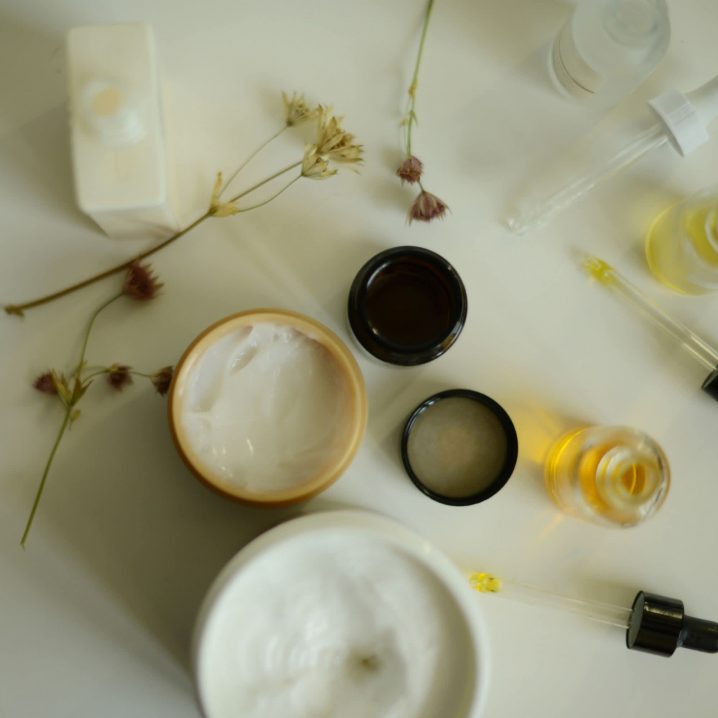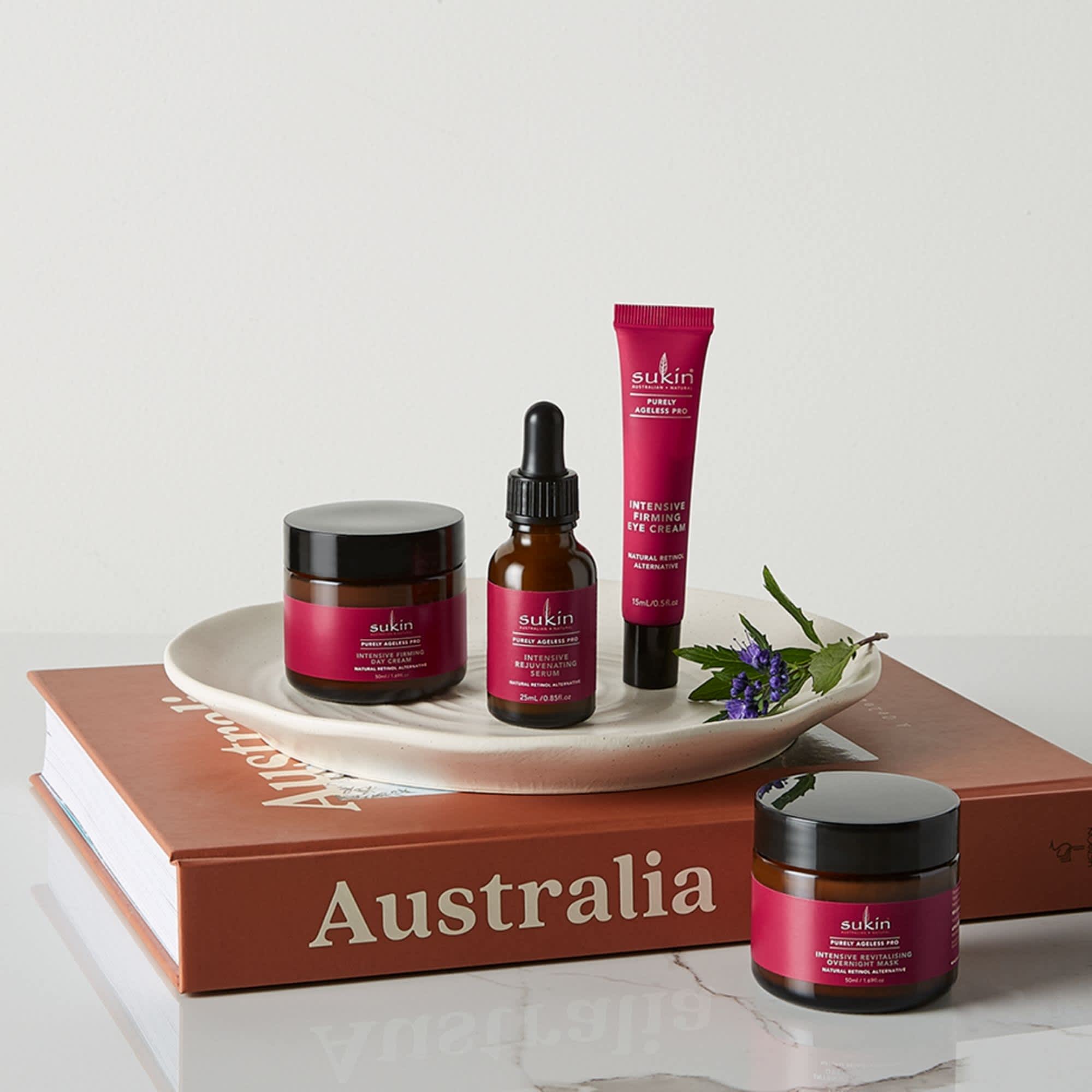
- POPSUGAR Australia
- Beauty
- What Is the Difference Between Bakuchiol and Retinol?
What Is the Difference Between Bakuchiol and Retinol?

When it comes to the cool kids of the skincare ingredient world, retinol is arguably the most popular. The efficacy of this ingredient is lauded and beloved by skincare enthusiasts. Research into the magic ingredient shows that retinol encourages cellular turnover within the skin, helping to fade the appearance of fine lines and pigmentation.
Bakuchiol, on the other hand, feels like the new kid on the block but in reality, this couldn’t be further from the truth. While this ingredient has long been used in medicine, its inclusion in skincare products does seem to be a more recent occurrence. The fuss around this ingredient is largely thanks to the fact it’s been dubbed as a natural form of retinol. So, what’s the difference between these two?
What is bakuchiol?
Bakuchiol is a plant extract that has been used in Chinese and Indian medicines for centuries. “It’s an antioxidant found in the seeds and leaves of the plant Psoralea Corylifolia,” Dr Debra Jaliman, assistant professor in the department of dermatology at the Icahn School of Medicine at Mount Sinai told Healthline. “Studies have shown that bakuchiol helps prevent fine lines and wrinkles, and helps with pigmentation, elasticity, and firmness.”
While bakuchiol isn’t a derivative of vitamin A, it works through the same receptors that retinol uses which is why it’s often dubbed as nature’s version of retinol. Bakuchiol also helps to reduce fine lines and wrinkles, like retinol, but it’s gentle enough to be used daily — something that is not recommended with retinol. Products with bakuchiol can also be used alongside active ingredients, something that isn’t possible with retinol.
What is retinol?
Vitamin A is an essential nutrient and comes in two types: retinoids and carotenoids. According to Healthline, the skin is a “retinoid-responsive” organ, which means it’s easily absorbed through the skin when applied topically. Retinol works by stimulating the production of new skin cells as well as collagen production and reducing the appearance of fine lines and wrinkles.
Research shows that just 12 weeks of retinol application can result in smoother, firmer and more youthful-looking skin — there’s a reason why retinol is so beloved. It can also help with the texture and tone of the skin as well as hydration levels, hyperpigmentation, sun damage and acne.
What’s the difference?
Well, despite the difference in the sources of retinol and bakuchiol, there is a difference in the effectiveness of these two as well. According to Lab Muffin, the research around retinol is far greater — dating back to the ’70s — compared to the number of studies on bakuchiol.
“The main reason for the huge clout that retinoids get in skincare is the wealth of evidence that support their use,” chemistry PhD and science educator, Michelle Wong wrote on Lab Muffin. “The earliest studies on tretinoin date back to the 1970s. There are hundreds of high-quality clinical trials on the benefits of tretinoin for skin, which is why it’s often referred to as a ‘gold standard’.
“While the evidence for retinol is a bit weaker, it inherits some of the clout since we know it’s converted to tretinoin in the skin. But for bakuchiol? The evidence is weak compared to many of the standard skincare ingredients like alpha hydroxy acids and vitamin C, let alone retinoids. But it’s a very attractive marketing story.”
While bakuchiol’s ability to achieve similar results as retinol is impressive, Wong doesn’t recommend replacing your retinol products solely with bakuchiol. The only case in which she would recommend this is if your skin reacts with retinol, bakuchiol is a far more gentle choice. “But in terms of robust evidence for effectiveness, it’s nowhere near retinoids,” Wong wrote.


